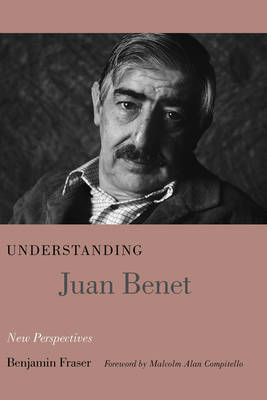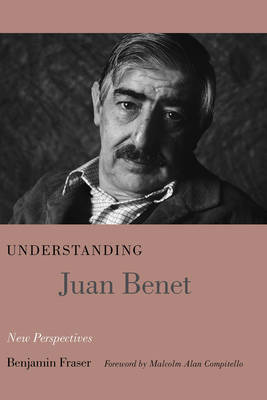
- Retrait gratuit dans votre magasin Club
- 7.000.000 titres dans notre catalogue
- Payer en toute sécurité
- Toujours un magasin près de chez vous
- Retrait gratuit dans votre magasin Club
- 7.000.0000 titres dans notre catalogue
- Payer en toute sécurité
- Toujours un magasin près de chez vous
Description
Benjamin Fraser offers an engaging interdisciplinary approach to understanding the literary achievements of Spanish writer Juan Benet (1927-1993) that explores how Benet's intertwined perspectives as author and civil engineer collectively shape his worldview. Benet's intellectual range spanned not only novels, plays, short stories, and essays but also incorporated dams, bridges, canals, and other public works. Fraser offers a fresh vantage point on Benet's writing as invested in both literary and concrete landscapes.
Fraser begins his study by grounding readers of Benet's work in the fundamental importance of understanding the Spanish Civil War. Subsequent chapters offer new perspectives on Benet's literary and essayistic production, first viewing Benet's work through the lens of his profession as a civil engineer and exploring lesser known engineering texts and essays in relation to his creative and literary vision, then mapping the influence of French philosopher Henri Bergson (1859-1941) on the Spanish writer's oeuvre. Fraser also harnesses the development of cultural geography and spatial theory to explore the roles of place and space in Benet's novels--highlighting in particular the elaborate spatial dimensions of Benet's own invented cartography of the novelistic place he called "Región."
Understanding Juan Benet ventures beyond traditional literary study, pursuing the interdisciplinary conversations central to Benet's creative work in which history, fiction, engineering, philosophy, and cultural geography all interact. This introduction to Benet's writing also includes a foreword by Malcolm Alan Compitello, professor of Spanish and head of the Department of Spanish and Portuguese at the University of Arizona, author of Ordering the Evidence: Volverás a Región and Civil War Fiction and coeditor of Critical Approaches to the Writing of Juan Benet.
Spécifications
Parties prenantes
- Auteur(s) :
- Editeur:
Contenu
- Nombre de pages :
- 162
- Langue:
- Anglais
- Collection :
Caractéristiques
- EAN:
- 9781611171525
- Date de parution :
- 30-03-13
- Format:
- Livre relié
- Format numérique:
- Genaaid
- Dimensions :
- 152 mm x 231 mm
- Poids :
- 430 g

Les avis
Nous publions uniquement les avis qui respectent les conditions requises. Consultez nos conditions pour les avis.






